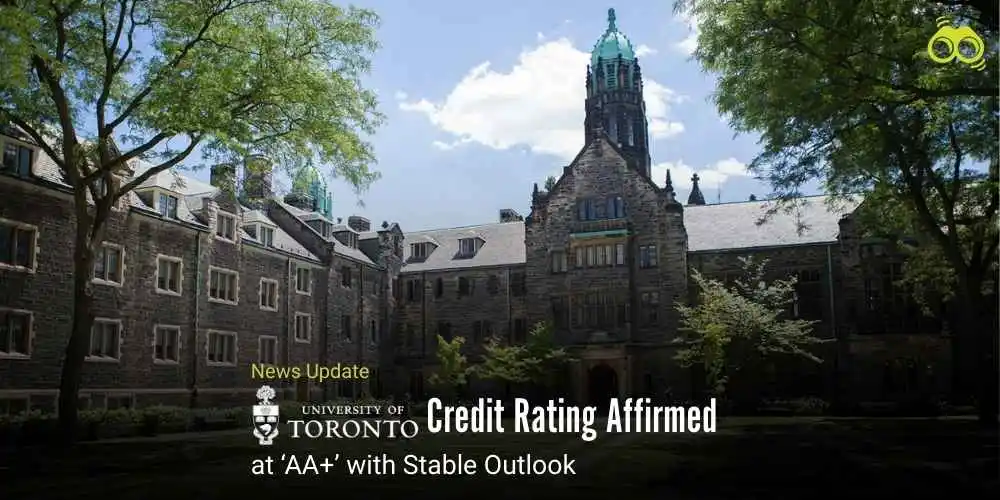Few Four-Year Colleges Serve as Equity Engines for Low-Income Students, Study Finds
University of Arkansas Study Highlights Gaps in College Access for Pell Grant Students
A new report on equity in higher education by Professor Becca Spindel Bassett at the University of Arkansas has highlighted how few four-year colleges exist for low-income students that consistently support both access and graduation. The study, according to Higher Ed Dive, surveyed how effectively American universities serve Pell Grant-eligible students while identifying institutions that are "equity engine colleges", those where at least 34% of students receive Pell Grants and at least 55% of these students graduate in six years.
The findings were shocking. Out of 1,584 public and private nonprofit colleges and universities, only 91 met the equity engine standard. This means that under 6% of these institutions truly support underrepresented students to complete college degrees. The report argues that this shortfall essentially cripples higher education's very role in fostering social and economic mobility and undermines its more democratic purpose.
Moving on, the report noted that these equity engine colleges include various types, including regional public universities, Christian colleges, private institutions, and Historically Black Colleges and Universities. However, only 26 states were found to have such institutions. Most notable was that many of the southern states with high poverty rates, such as Mississippi, Arkansas, Oklahoma, and New Mexico, had very few, if any, qualifying colleges. This absence was termed spatial injustice, whereby low-income college students in these areas have limited access to institutions that are both inclusive and effective.
The report further noted that a clear relationship exists between the location of a university and its ability to serve adjacent low-income students, a trend that favours those attempting to enrol and graduate from colleges situated closer to, and thus more accessible from, communities with high levels of poverty. Further, equity engines in American higher education were practical support service systems, including, for example, evening classes and transport to campus, making it easier for students to overcome barriers to completion. "America's future competitiveness will be enhanced by a postsecondary infrastructure that serves all students seeking opportunity," emphasised Hawkins. He stressed that college access and equity in higher education must be the national priority.
In sum, the Becca Spindel Bassett report calls for urgent attention to the higher education access gap and calls to expand college affordability and educational equity. The study reminds us that even though mobility through college education is possible, it will not become a reality for many unless institutions work towards inclusive practices and targeted support for low-income student success.
Editor’s Note:
The report written by Professor Becca Spindel Bassett reveals a very disheartening picture of equity in American higher education. It shows that a meagre fraction of four-year colleges actually contribute to the support of low-income students, not just in their enrollment but also in their graduation. Seriously. If higher education is really a way to opportunity, it is on the part of people who really tend to need it most. Less than 6% of institutions meet the equity engine criterion; that is not just a number, it is a siren. It represents failure in delivering on the promise of social and economic mobility. Worst of all, many of the most impoverished regions in this country, predominantly in the South, have little or no real presence of colleges that efficiently serve low-income students. This is rightly termed mindfulness spatially. The research also asserts location to be a significant element. Colleges near communities with high poverty incidences are more likely to provide access to disadvantaged students. However, proximity is not all that matters. The institutions ought to provide practical facilities that keep students in fact going on courses, such as flexible course schedules, transport and services that help students remain on course. The issue is not merely one of fairness. This is, as David Hawkins would call it, about the future of this country. For America to maintain competitiveness, it should have an education system for higher learning open to all. That really means investing in colleges that cater for underrepresented students and making equity a priority nationally.
Skoobuzz underlines that this report calls for action. More than opening their doors, colleges must now have programs that lead to the success of such students. Equity shouldn't be an exception; it should be the norm.
FAQs
1. What is the focus of the University of Arkansas study on low-income students?
The study, led by Professor Becca Spindel Bassett, examines how effectively American four-year colleges support low-income college students, particularly those eligible for Pell Grants. It identifies institutions that consistently enrol and graduate these students, calling them equity engine colleges.
2. What defines an equity engine college?
An equity engine college is a four-year institution where at least 34% of students receive Pell Grants and at least 55% of those students graduate within six years. These colleges demonstrate strong performance in college access and equity in higher education.
3. How many colleges qualify as equity engines in the report?
Out of 1,584 public and private nonprofit universities surveyed, only 91 institutions met the equity engine criteria. This represents less than 6% of all four-year colleges in the United States, highlighting a significantly higher education access gap.
4. What types of institutions are considered equity engines?
The report found that equity engine colleges include a mix of regional public universities, Christian colleges, private institutions, and Historically Black Colleges and Universities (HBCUs). These institutions offer inclusive environments and support systems for underrepresented students.
5. Which states lack equity engine colleges?
Only 26 states have qualifying institutions. Notably, many southern U.S. states with high poverty rates, such as Mississippi, Arkansas, Oklahoma, and New Mexico, have few or no equity engines. This absence is described as spatial injustice, where low-income students lack access to effective colleges in their region.
6. What is spatial injustice in higher education?
Spatial injustice refers to the unequal geographic distribution of colleges that serve low-income students. Students in high-poverty areas often live far from institutions that offer strong support and high graduation rates, limiting their chances of economic mobility through college education.
7. What support services do equity engine colleges provide?
These colleges offer practical services such as evening classes, transport to campus, and flexible learning options. Such support helps students overcome barriers to completion and improves college success for Pell Grant recipients.
8. What does the report say about the link between location and college access?
The study found a positive relationship between a college’s proximity to low-income communities and the likelihood of those students enrolling and graduating. This reinforces the importance of accessible four-year institutions in promoting social mobility.
9. What is the broader message of the Becca Spindel Bassett report?
The report calls for urgent action to address higher education inequality and expand college affordability and educational equity. It urges institutions to adopt inclusive practices and targeted support to ensure low-income student success.
10. Why is this issue important for the future of the United States?
David Hawkins of the National Association for College Admission Counselling stated that the country’s competitiveness depends on building a postsecondary infrastructure that serves all students. Ensuring equity in U.S. higher education is essential for long-term national progress.














0 Comments (Please Login To Continue)